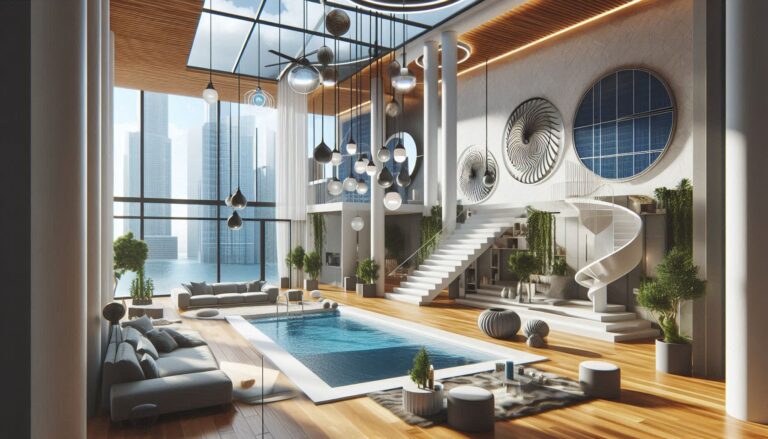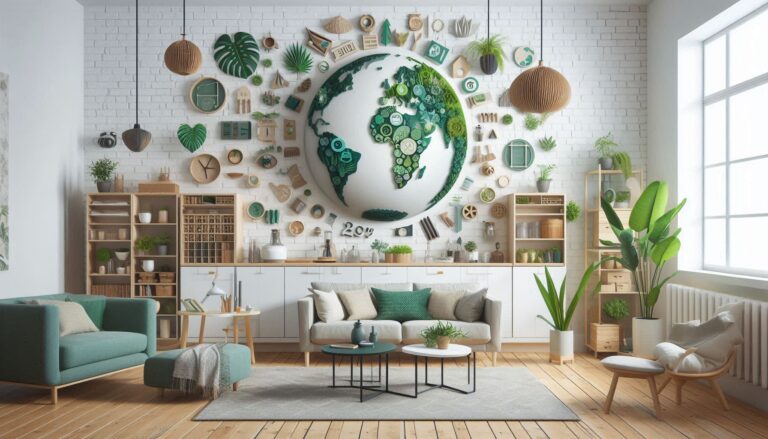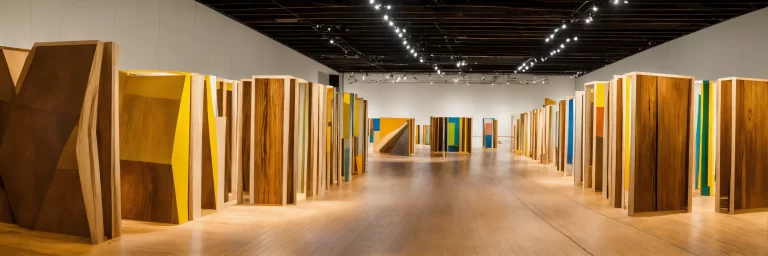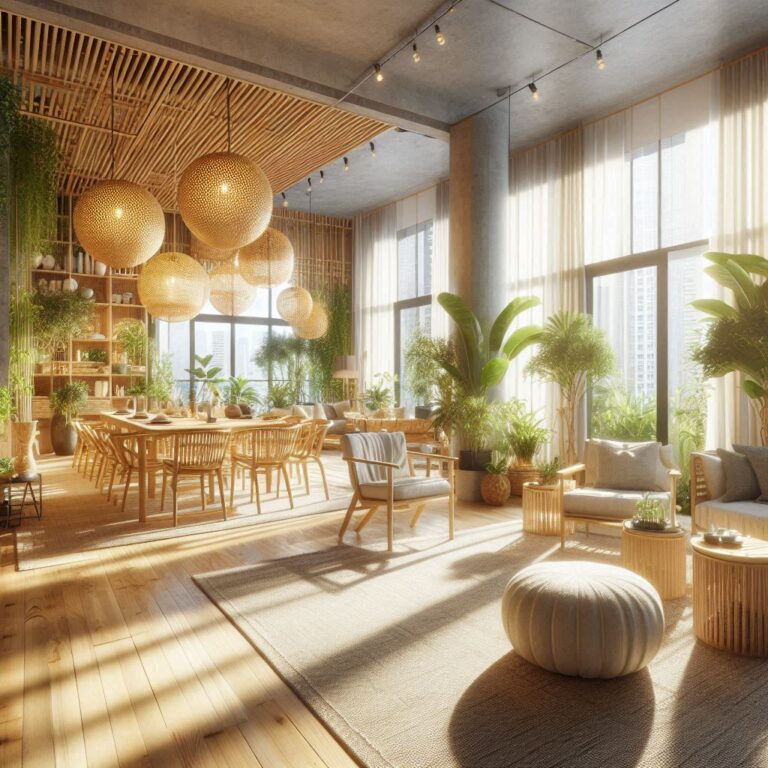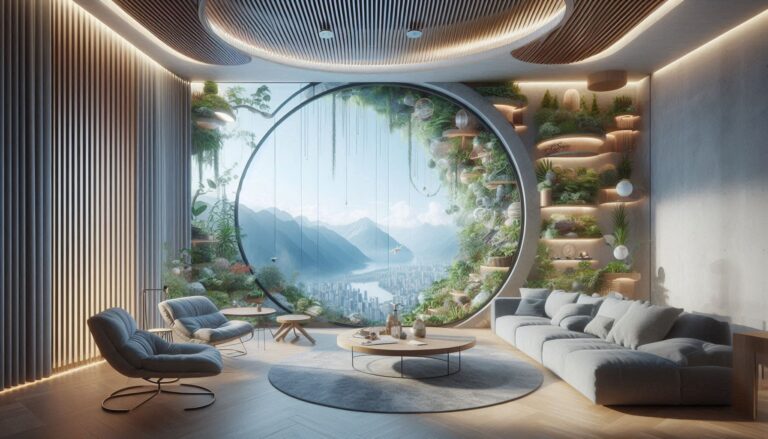Energy-Efficient Design: Best Practices for Creating Eco-Conscious Spaces
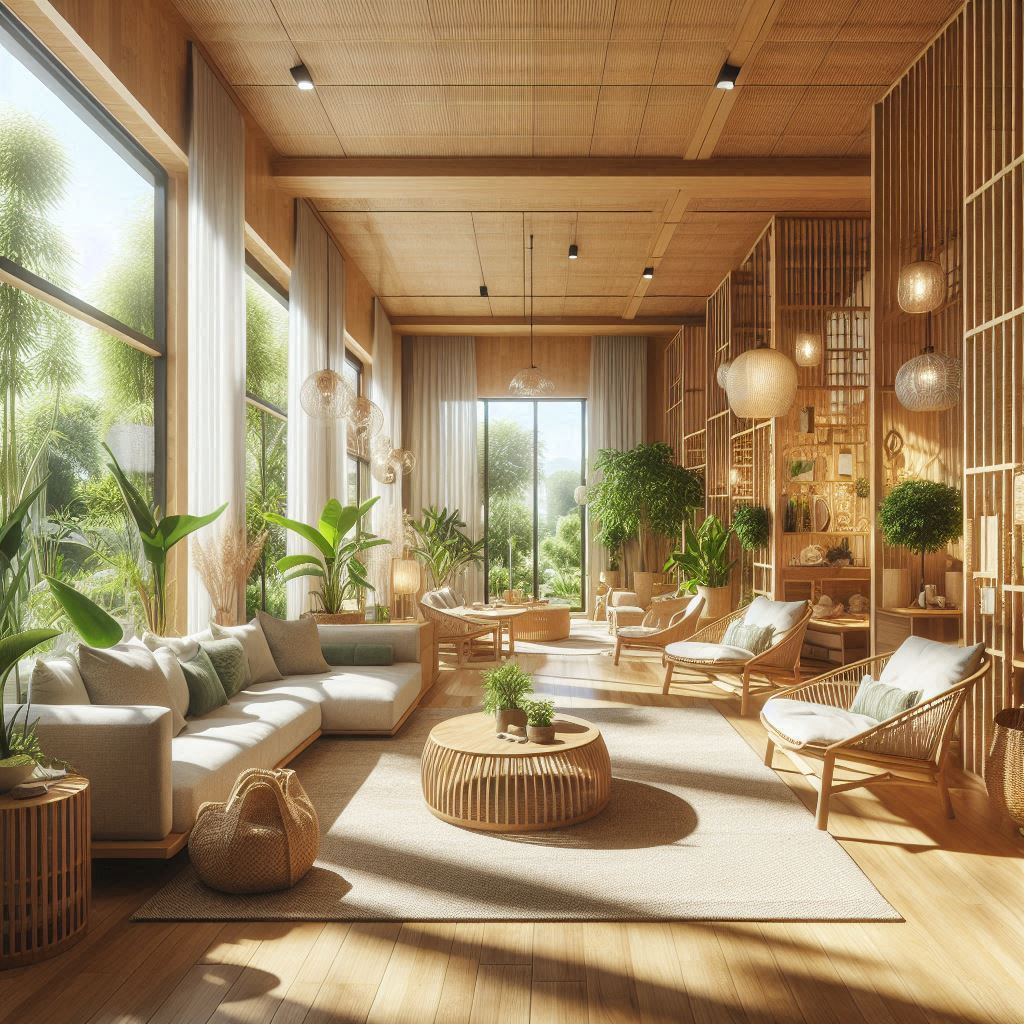
Energy-efficient design is an essential part of creating sustainable interiors. By implementing energy-saving techniques and choosing energy-efficient products, designers can help their clients reduce their carbon footprint and lower energy costs. Here are some best practices for designing energy-efficient spaces.
1. Optimize Natural Light
Maximizing natural light is one of the simplest and most effective ways to reduce energy consumption. Use large windows, glass doors, and skylights to allow sunlight to fill a room. Consider placing mirrors or light-colored walls to reflect daylight and make spaces feel brighter without relying on artificial lighting.
2. Use Energy-Efficient Appliances
When selecting appliances for your designs, choose energy-efficient models that have a lower environmental impact. Look for ENERGY STAR-certified appliances, which use up to 50% less energy than standard models. Consider features like smart thermostats, LED lighting, and energy-efficient heating and cooling systems.
3. Install Insulation and Weatherproofing
Good insulation plays a crucial role in reducing heating and cooling costs. Ensure that walls, roofs, and floors are properly insulated to maintain a comfortable temperature without overusing energy. Install weatherproofing measures like draft-proofing windows and doors to prevent energy loss.
4. Choose Low-Impact Flooring
Flooring plays an important role in energy efficiency. Natural materials like cork, bamboo, and wool provide insulation and can help keep spaces warmer in winter and cooler in summer. Choose flooring options that are durable, easy to maintain, and made from eco-friendly materials.
5. Incorporate Smart Design Features
Smart design features, like programmable lighting systems and automated heating/cooling systems, allow homeowners to control energy use more efficiently. Consider integrating smart home technology into your designs to optimize energy consumption and provide clients with an easy way to manage their home’s energy use.
Conclusion
Energy-efficient design not only helps reduce a space’s carbon footprint but also contributes to long-term cost savings. By optimizing natural light, using energy-efficient appliances, and implementing smart design features, designers can create eco-conscious spaces that promote sustainability and energy savings.

